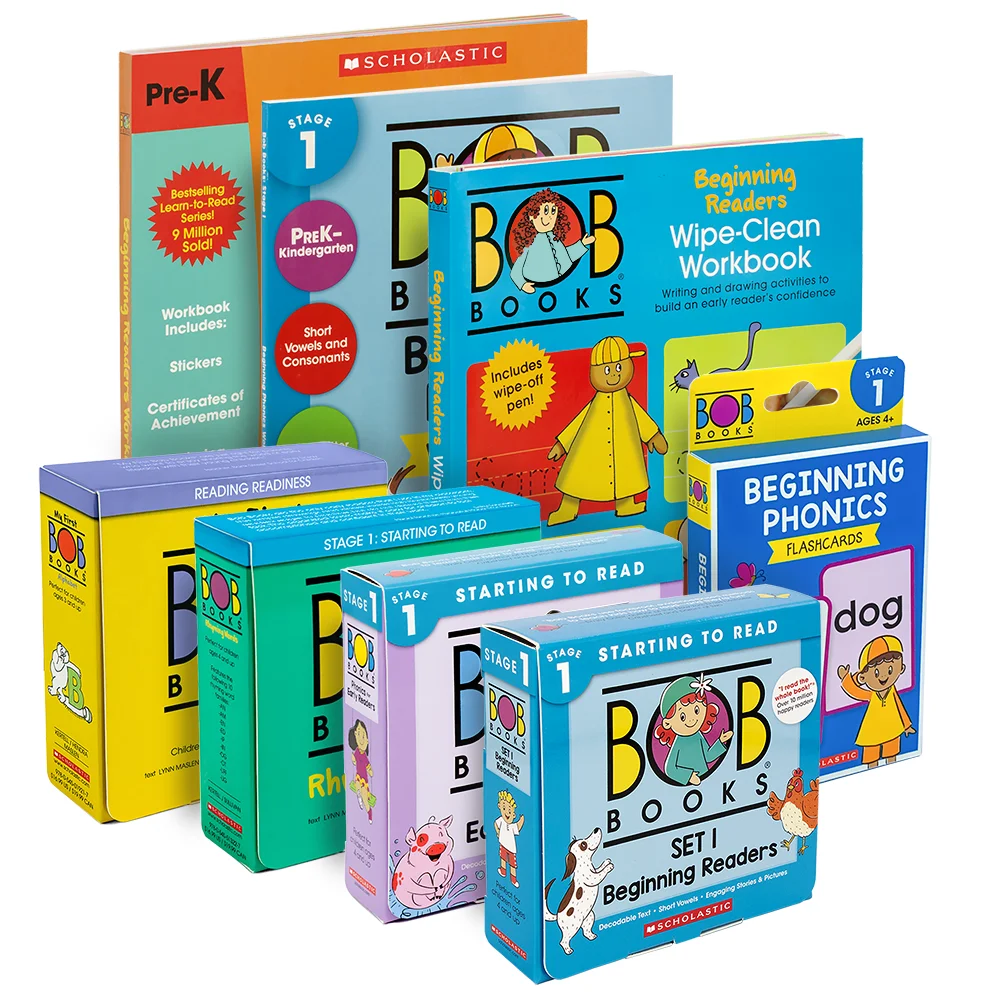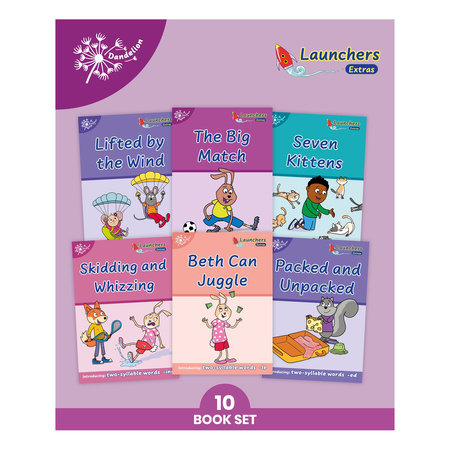Some Known Questions About Secret Stories.
Table of Contents7 Simple Techniques For Secret StoriesA Biased View of Secret StoriesWhat Does Secret Stories Mean?Secret Stories Fundamentals ExplainedFascination About Secret Stories
"Cake Day" by Ellen Mayer Cooking tale with CAKE in title. "The Hope Tree" by Laura Numeroff Psychological story with HOPE in title. "Time for Bed" by Mem Fox Bedtime publication with TIME in title. "Home at Last" by Vera B. Williams Family story with HOME in title. "The Bike Lesson" by Stan and Jan Berenstain Understanding story with BIKE in title.
"The Girl Who Loved Wild Equines" by Paul Goble Indigenous American story with woman in title. "Globe of Colors" by Margaret Wise Brown Principle publication with globe in title. Have a certain ability in mind? Allow's talk through a few of those and the best books for resolving them. As kids become more confident viewers, they require experiment longer words.
"Chrysanthemum" by Kevin Henkes Name-focused story with tough title word. "Interrupting Hen" by David Ezra Stein Bedtime tale with INTERRUPTING in title.
Homographs (words spelled the very same but obvious in different ways) and homophones (words that appear alike but are led to in different ways) can be testing for creating viewers. These books give authentic exposure to these challenging word partnerships. "Precious Deer: A Publication of Homophones" by Gene Barretta Collection concentrated specifically on homophones. "Eight Ate: A Banquet of Homonym Riddles" by Marvin Terban Wordplay punctures with homophones.
Little Known Questions About Secret Stories.
are important devices in very early analysis direction. These publications, especially designed to align with phonics direction, help young readers make considerable strides in their literacy trip by concentrating on the specific method of phonics skills. - For an organized sequence with step-by-step progression. - Perfect for building confidence with easy text.
Throughout my occupation, I have developed and applied various organized phonics programs, making decodable books a primary tool in promoting early reading skills in young students. The are ones that excite and engage kids while supporting their phonics development in a methodical method. Decodable publications are specifically created to assist new readers exercise their phonics skills.
"Decodable publications are not just concerning reading; they are concerning discovering to review," says proficiency specialist Louisa Moats. Phonics abilities include recognizing just how letters and mixes of letters represent sounds.
Getting My Secret Stories To Work

- Words are selected based on phonics patterns already discovered. Next off, allow's dive right into exactly how to choose the right decodable books for your young readers and explore the benefits they bring.
Here are key elements to take into consideration: Ensure the publication lines up with the phonics skills your pupils are discovering. If students are learning brief vowels, the publication should focus on words with brief vowel noises.

An Unbiased View of Secret Stories
Entire Phonics publications, with their imaginative and amusing stories, are excellent for constructing fluency while maintaining children entertained. Read Bright publications, for instance, are magnificently detailed and tell fascinating tales also with a limited number of phonics patterns.
Next, we'll explore just how to efficiently make use of these publications at home and in the classroom. To take advantage of decodable publications at home, develop a routine. Establish apart a specific time daily for analysis. This could be right after school or before bedtime. Uniformity assists children see checking out as a routine component of their day.
Rest with your kid as they review. Ask them to appear out each word. Commend their initiatives and proper carefully when needed. The goal is to develop confidence and strengthen phonics skills. In the classroom, decodable publications can be made use of throughout led analysis sessions. Educators can organize students by their analysis degree and offer publications that match their phonics expertise.
Throughout these sessions, teachers can design just how to appear out words. Linda Farrell from Readsters highlights the value of staying clear of context clues like images. This aids trainees concentrate on the letter-sound correspondences they've been instructed. Establish a daily analysis routine. This click here to read could involve a mix of independent reading, paired reading, and teacher-led sessions.
Not known Incorrect Statements About Secret Stories
Urge trainees to appear out each word. Louisa Moats, a literacy specialist, keeps in mind that laborious seeming out is a stepping stone to checking out words easily. Method makes perfect. Repetition is essential. Reviewing the very same book numerous times aids enhance phonics patterns. As trainees end up being a lot more knowledgeable about the words, their analysis speed and self-confidence will improve.
